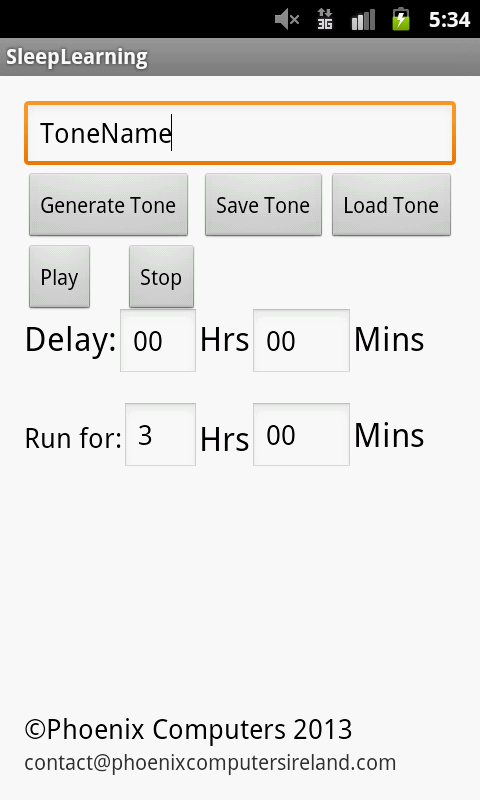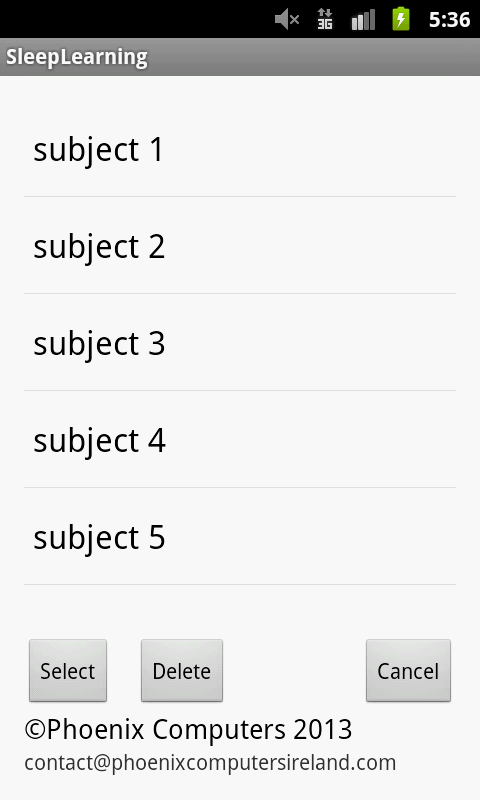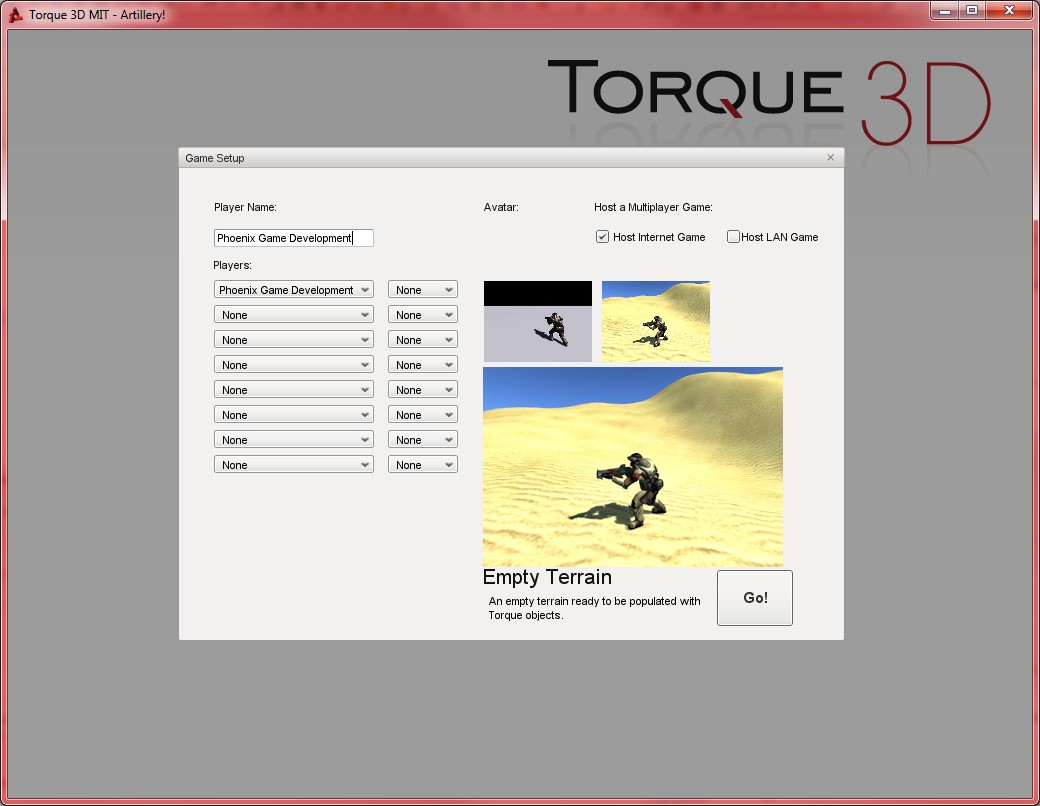I develop Android apps with Eclipse, and, in addition to the Android Emulator, I used to use my phone for development (It is important to develop, or at least debug, using a real device). However, the touch screen on my phone has broken, and the only other real device I have is a generic brand Android Tablet, with no manufacturer or model listed on it.
Unsurprisingly, this tablet didn't show up in Eclipse using ADB (Android Debug Bridge). The only other way of testing an app would be to sign and export it to an .apk, then copy it over to the device using USB storage, then run it. This is tedious and time consuming, and doesn't provide any debugging features at all. So, I tried to find a way to connect my device to eclipse.
Eclipse itself does not "recognise" the android devices, it uses the aforementioned ADB interface. This interface requires a driver to be installed for each device in order for it to work correctly. Android Devices usually have several drivers, one for uploading firmware to the device, one for using the device for USB storage, and one for ADB.
The USB storage mode used a generic windows driver, and so this will usually work by default with any kind of device. However, the ADB mode usually requires a specialised driver, which is provided by the manufacturer of the device. If you are using an off-brand or generic device however, or if the manufacturer doesn't provide an ADB driver, you may have a problem.
Thankfully, I found this: "Intalling the Generic Google Android USB Driver"
This article provides directions and a download link for a Generic Google USB driver, that should work with the majority of Android devices, regardless of the manufacturer.
I thought this was worth making a post about, since it is something that could save a lot of time and effort.


